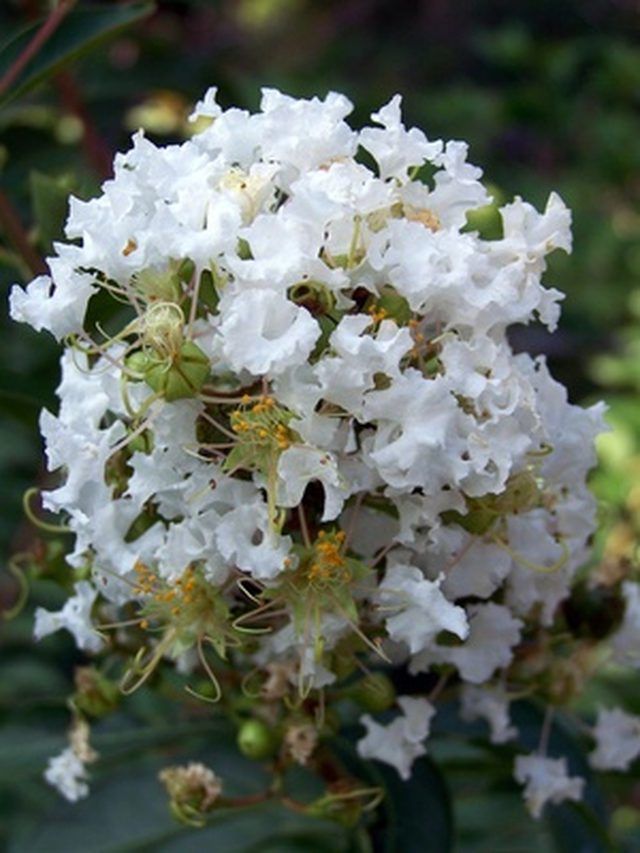Bulbs
Flower Basics
Flower Beds & Specialty Gardens
Flower Garden
Garden Furniture
Garden Gnomes
Garden Seeds
Garden Sheds
Garden Statues
Garden Tools & Supplies
Gardening Basics
Green & Organic
Groundcovers & Vines
Growing Annuals
Growing Basil
Growing Beans
Growing Berries
Growing Blueberries
Growing Cactus
Growing Corn
Growing Cotton
Growing Edibles
Growing Flowers
Growing Garlic
Growing Grapes
Growing Grass
Growing Herbs
Growing Jasmine
Growing Mint
Growing Mushrooms
Orchids
Growing Peanuts
Growing Perennials
Growing Plants
Growing Rosemary
Growing Roses
Growing Strawberries
Growing Sunflowers
Growing Thyme
Growing Tomatoes
Growing Tulips
Growing Vegetables
Herb Basics
Herb Garden
Indoor Growing
Landscaping Basics
Landscaping Patios
Landscaping Plants
Landscaping Shrubs
Landscaping Trees
Landscaping Walks & Pathways
Lawn Basics
Lawn Maintenance
Lawn Mowers
Lawn Ornaments
Lawn Planting
Lawn Tools
Outdoor Growing
Overall Landscape Planning
Pests, Weeds & Problems
Plant Basics
Rock Garden
Rose Garden
Shrubs
Soil
Specialty Gardens
Trees
Vegetable Garden
Yard Maintenance
California Flowering Trees
California Flowering Trees. Flowering trees lend color and vibrancy to an otherwise dull landscape. Flowering trees grow throughout the United States, bright blooms ushering in spring and inviting the world in with their intoxicating scent. Due to California's changing landscape as it winds through mountains, along the coast and into deserts,...

Flowering trees lend color and vibrancy to an otherwise dull landscape. Flowering trees grow throughout the United States, bright blooms ushering in spring and inviting the world in with their intoxicating scent. Due to California's changing landscape as it winds through mountains, along the coast and into deserts, choosing the appropriate flowering tree for your backyard provides a challenge.
Climate
California has it all: mountains and coast, hot and cold, as well as wet and dry climates. According to the University of California, six districts divide the state. From the scorching heat of the San Joaquin Valley to the milder Central Coast to the wettest region in the North Coast, the terrain varies along with temperature, soil type and water availability. A good flowering tree for California can withstand drought, disease and other conditions.
Pruning
According to Purdue University, proper pruning provides the key to flowering tree success, as regular pruning keeps your trees healthy and strong. The goals of pruning include maintaining tree form and getting rid of diseased, broken or unwanted branches.
Pruning Spring Flowering Trees
Young trees require more pruning than mature ones. The best time to prune spring flowering trees, or trees that bloom before June, comes right after flowering finishes. Blooms on these trees grow on last season's growth, so pruning before spring flowering prevents the tree from blooming at all.
Pruning Other Flowering Trees
For trees that flower after June, pruning in early spring or winter works best. These trees develop their blossoms in spring. Some trees can even stand pruning twice, before and after flowering, which increases flower production, even allowing for a second blooming season.
Crape
For small Californian yards, the Tuscarora crape offers the perfect solution. Growing a mere 15 to 25 feet tall, this crape adapts to most soil types and maintains an incredibly high level of disease resistance, lending beauty to a yard without the hassle.
A popular crape tree that keeps its blooms through summer, the Natchez crape bears clusters of white flowers and can handle even the most extreme temperatures. It grows fast as well, up to 5 feet per year.
Cherry
The hardiest of all cherry trees, the Kwanzan flowering cherry tree grows well in most of the landlocked states. Its high adaptability makes it perfect for any Californian landscape, in addition to its showy blooms in spring.
Another flowering cherry, the Okame, also grows well in California. This cherry tree blooms first, even as early as January in California's warm climate, in clusters of pink flowers. It also has good drought tolerance and adapts to many soil types.